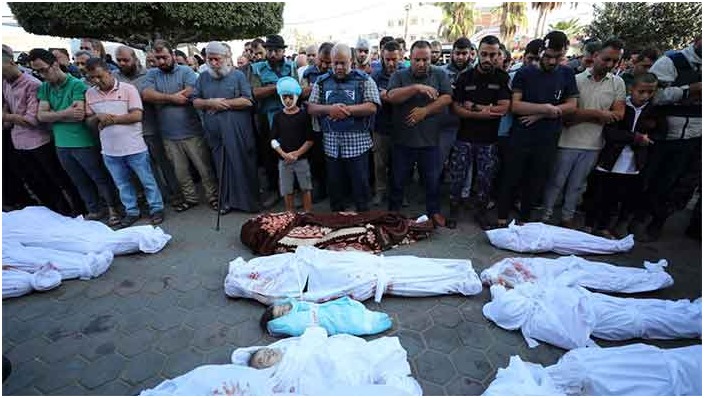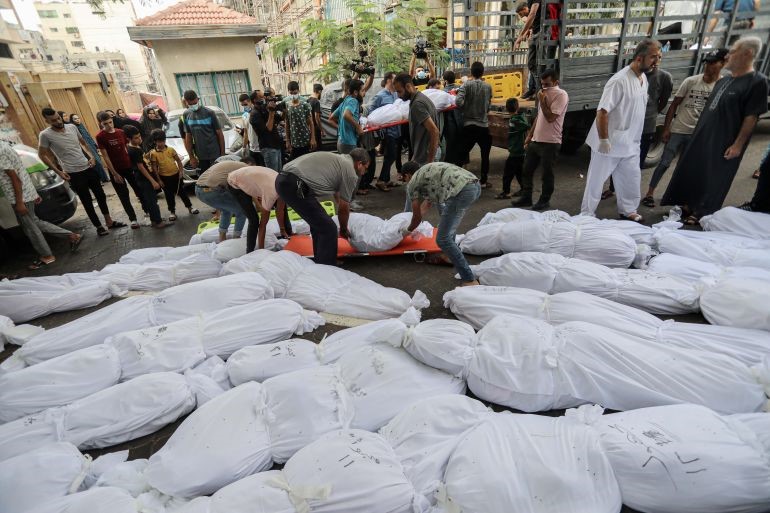The Crux Of The Matter
0 comments | by Vani Xaxa

There have been reports by independent agencies (NGOs) and by journalists about the false cases registered against the Adivasis of Jharkhand, Odisha and Chhattisgarh against their alleged allegiance to the Maoist movement in the heartland of the country. While the recent study undertaken by an independent body in Jharkhand mentions its tedious effort in interviewing 102 persons out of which only 2 were convicted of their actually being involved ----Maoist movement. The report is worth appreciating that it could personally verify these individuals against whom these allegations were charged and the plight that they had undergone before they could be out on bail or be acquitted; of course this freedom did not come so easily but late. The recent arrests of villagers in Jharkhand, Odisha and Chhattisgarh point out to a lingering danger which though obvious is hidden to the common eye.
There are some 20,000 permanent warrants issued against the adivasis in South Bastar (Dantewada, Sukma, Bijapur) alone; 10-15 warrants slapped on a person. The charges are mostly under the different sections of the IPC (146,147,148,149, 302,307); Arms Act(8), Chhattisgarh Special Public security Act(CSPSA) 2005 and the Unlawful Activities Prevention Act 1967. It is to be remembered that the sections under IPC 146-149 are basically rioting; rioting against whom and why do not seem to be required an enquiry. The Arms that the police siege is mostly the implements which are used for daily purposes—axe, knife, agricultural implements and are considered dangerous weapons. The latter two Acts have been used by the State government for its own end—silencing of voices which are being raised in the process of assertion of rights.
The State of Chhattisgarh has been pursuing a programmed pogrom against its Adivasi citizens since 2005—first the Salwa Judum from 2005-07, followed by the Operation Green hunt in 2009. Later there have been similar operations which the State has undertaken in the region. There were news of the State going with Salwa Judum II which was carefully stalled, put off for a better opportune moment, or could it be said that it is being scheduled under a different name. Of late the State has been undertaking “practice strafling” in the region (ps. see the Indian Express 21-10-15) and its programme to begin aerial bombing in the region to oust the Maoist. Though there have been later news clipping of rape and violence inflicted by the paramilitary forces in the forest villages of Bijapur, Dantewada and Sukma, the State government is yet to announce an inquiry to probe into the matter.
What if it could be said that there are various prisms through which we could see the reality of the happenings before us. While there is an “economics of the pursuit” that is being staged in the adivasi heartland in the name of counterinsurgency programmes , there is no evading the fact that there is a “politics in the game”. The word game is indeed undermining the reality, but what could one else describe it to when the act itself is like hoarding people together into spaces which cannot be called “rooms” , where people are pulled out of their houses and chased all through the village and the surroundings, when women are to pay with their bodies, when children stand testimony witnessing the harrowing violence, while the State government plays mute to this reality. Why does the State do such harrowing acts in the first place?
There is no denying the fact that the adivasi population are sitting on top of the iceberg which is envied by the capitalist-corporate class. There is no refuting the fact that the adivasis have stayed put and remained close to the “jal, jungle, jamin”—the only thing that they know will remain with them till the end of times, except to some who did move out to look out for lucrative jobs and clinging to modern consumerism and capitalist maneuvering. There is no negating the fact that the adivasi “way of everyday life and living” has been seen as means of slowing down the “mainstream” agenda of the government.
James Scott in “The Moral Economy of Peasants” writing about peasants moving out of their place of residing happened when modes of subsistence living seemed bleak “emigration, resistance or dependence on wage labour were often the only options left”. This is also true for peasant and cultivators all over the world, especially the small peasants who get adversely affected by any disturbance in the line of the food chain. The communities whose everyday life depend and revolve around agriculture and its allied features –forestry, gardening, and fishing have not been asking much more than what they could fend themselves with.
In India, during the early days of independence, there were communities who had to sacrifice their land and livelihood for the construction of modern India. There have been scholarly writings on their being forcefully evacuated from their land. The Central adivasi region has been witnessed to such evacuations since then. During those periods, people would just move out and disperse into the outer world to look for survival means. For adivasi communities, who have been living a closed kinship habitat, moving out into unexplored and unknown territories have always forced them to mull over their living.
Stories of adivasi population migrating outwards have been documented. Earlier it was only when the head of the family; the male who would migrate in search of work and would return back only after three or four months—a distress movement; a forced movement. Eventually, it became a pattern; a routine migration during distress periods, wherein the return would be during the sowing periods. These outward migrations were to places where he would sell his labour in the return of wages over which he had no say. He was not in a position to negotiate or bargain. In all these circumstances, the State role of minimizing the migrations was in the negative, as it benefited the capitalist class for whom the road was paved for—raw materials were readily available and to top it, it got the cheap labour which was so easily and readily available. The adivasi population of the Indian State has always been depicted as a submissive lot, ready to be subjugated and easily maneuvered. Since 1947, they have always been kept at the fringes; an age old attitude of nurturing them, till off late they have begun to think, talk and act politically. The citizens have been patronized through its welfare schemes and programmes right from the beginning—all throughout being subjected to indignation that the adivasi population faces day in and day out in the different aspects of daily life. It now seeks to take away the very existence of their life; their landed property from them and turn them into a labour force, with or without wage.
As long as the adivasis were being socially equipped and empowered the State had no problem. As far as they moved out, “migrated”, quietly and did not resist the circumstances that forced them to move out, the State was not threatened. As long as the people did not scare the factories or brick kilns or construction industries with demands of more wages or threatened to pull back, the development sector (includes all who seek to the idea of “development”) was not affected. The moment the adivasis talked about the political rights of indigenous institutions, their organisation, their functioning, assertion, “resistance”, being vocal about their woes, it became a problem.
So is the question only about what development model the Indian State has visualized for the adivasi population of the country? Does the State have the same model of development which it applies for the larger population? Rather what does this “development” mean to the adivasis—for whom it is being visualized? How the Indian state in the name of “development” is forcing the adivasis to evacuate the region. Or are we missing something, the key question of contention: is the Indian State trying to impose a “uniform one-political-ideology” on the citizens of the country in the name of eliminating a certain political ideology or ideologies which is taking roots in the heartland of the country. What can be the danger if it at all takes root? Vani Xaxa, PhD Scholar, Department of Sociology, Jamia Millia Islamia





